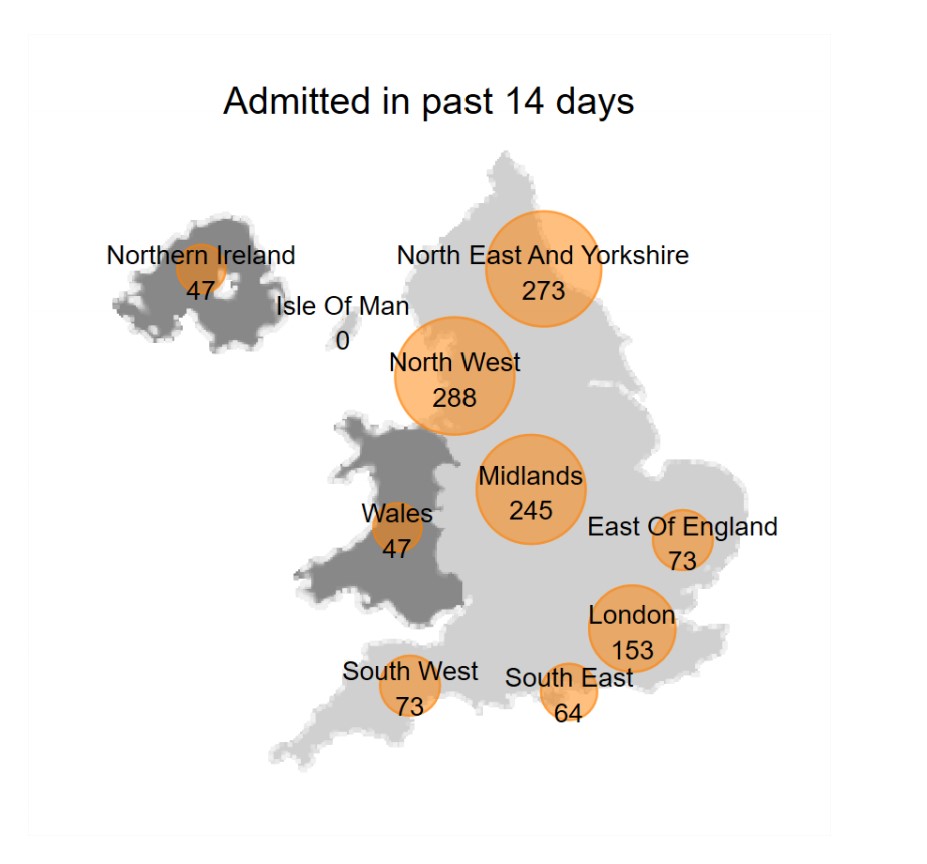
The @ONS issued an ad-hoc update of infectivity levels yesterday, covering the period up to Dec 23rd. It suggests by that date, 1.7% or 932,000 were infected in England, a 38% increase in 7 days. These modelled estimates do smooth the data, but the rate of increase is clear. 1/5 

The regional picture will come as no surprise, with infectivity in London put at 3.5%, up 60% in a week. That's very consistent with recent admissions growth in London. As this data is a week old, today's admissions broadly equate to infections for the latest week shown. 2/5 

There's also data on prevalence of the new variant, now (or should I say, "then") over 70% in the wider south and east part of England, less than half of that in most other regions. 3/5 

As noted, this is data is already a week old, but the gradient in London and surrounding areas is not encouraging in terms of what it might be like today. It's today's picture which will translate into admissions in the next fortnight, and deaths in late January. 4/5
These graphs are taken from the raw data - not up to the usual ONS standard I'm afraid, but important enough to share. Thanks to @ONS for this ad-hoc update - normal service resumes on Jan 8th. In the meantime, a Happy (and safe) New Year to all. 5/5 END ons.gov.uk/peoplepopulati…
• • •
Missing some Tweet in this thread? You can try to
force a refresh


















